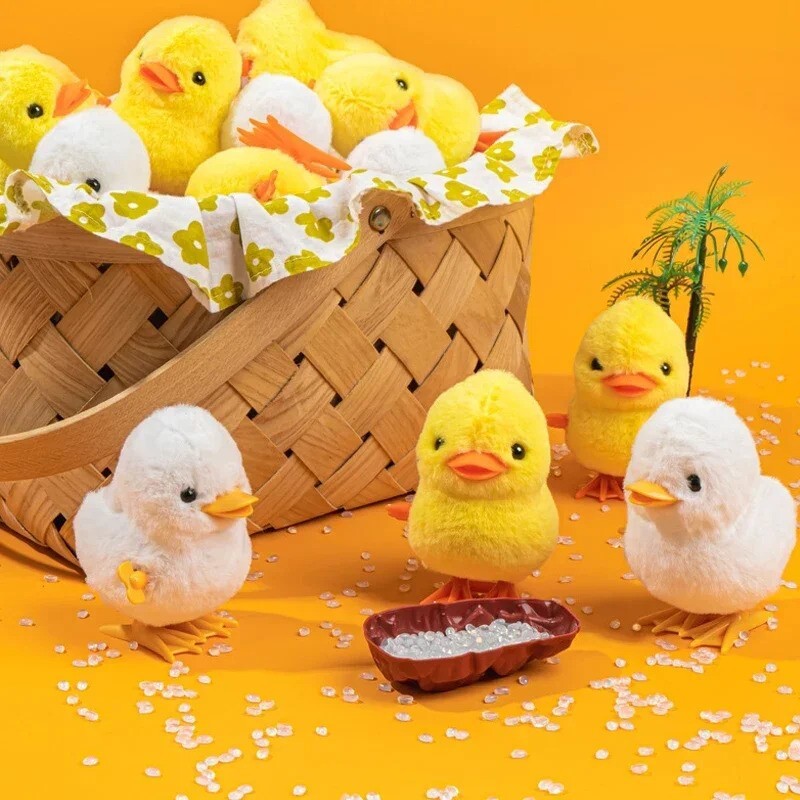Cleaning and Maintenance

Exterior Cleaning
Cleaning the exterior of vintage mechanical toys requires careful attention to avoid damaging the materials or getting moisture into the mechanical components. Use a soft, dry brush to remove dust and loose dirt from the surface.
For more stubborn dirt, use a slightly damp cloth with mild soap, but avoid getting water near the mechanical parts. Always test cleaning solutions on a small, inconspicuous area first to ensure they won't damage the materials.
Mechanical Component Care
Mechanical components require special care to maintain their functionality. Never use water or liquid cleaners on the wind-up mechanism, as this can cause rust and corrosion. Instead, use compressed air to remove dust and debris from the mechanism.
If the mechanism becomes stiff or difficult to operate, it may need professional cleaning and lubrication. Attempting to lubricate the mechanism yourself can cause more harm than good, as improper lubrication can attract dirt and cause further problems.